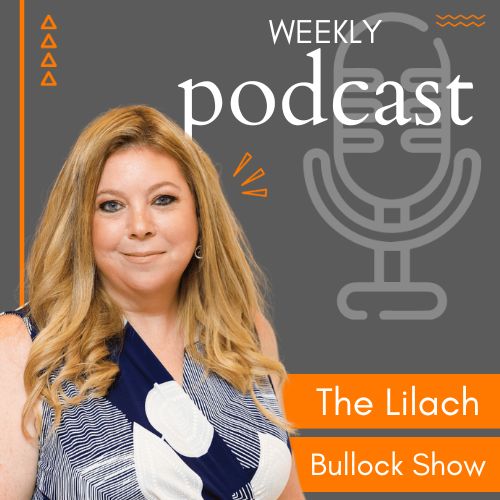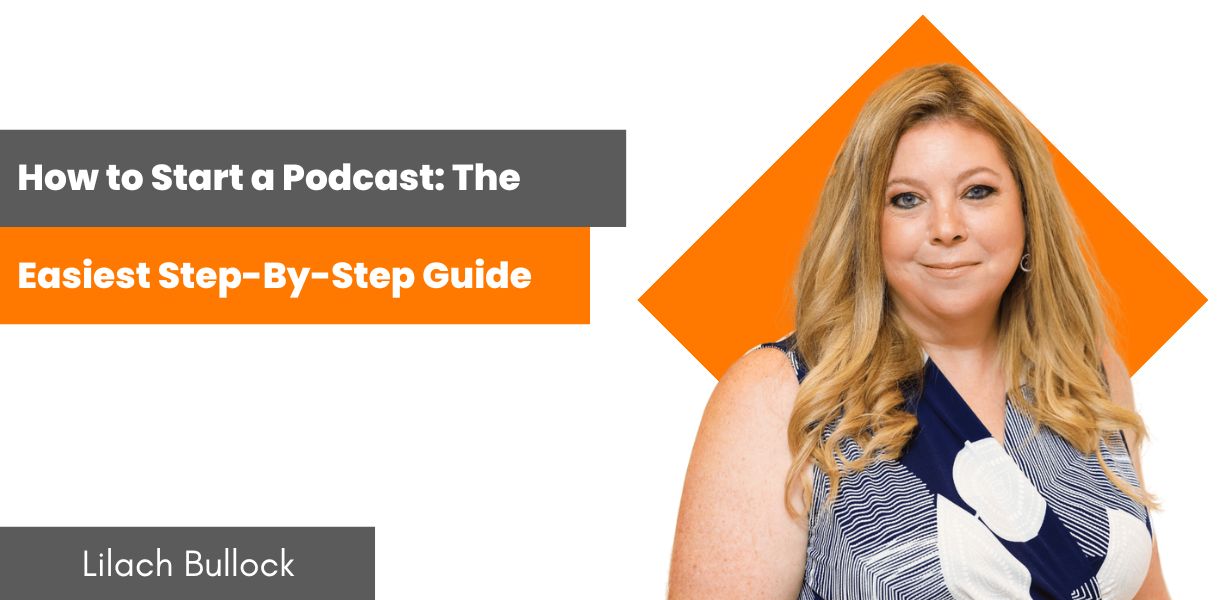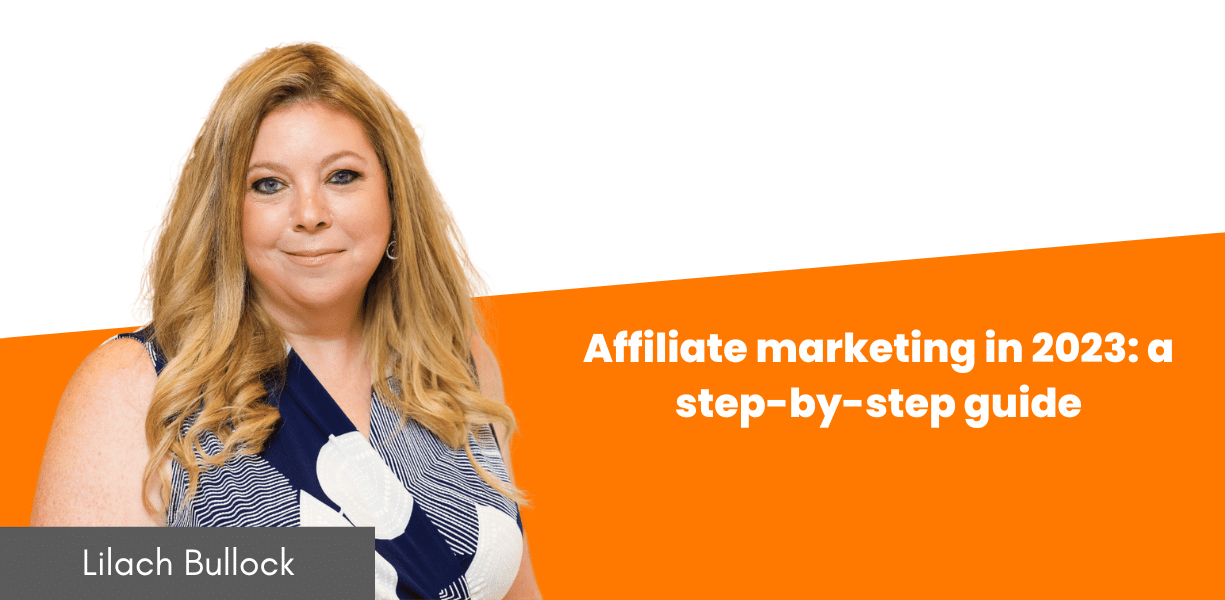Follow Lilach
How to write a cold email that get response?
Cold emails are a touchy subject for a lot of people. Some love them and swear by their effectiveness, while others find them to be intrusive and annoying. But whether you love them or hate them, there’s no denying that cold emails can be a great way to reach out to potential customers and partners. In this article, we’ll discuss cold emails, their benefits and how to write cold emails that deliver results for your sales efforts.
What Is A Cold Email?
A cold email is an unsolicited message sent to a potential customer or client with the hope of generating business. It is a first attempt to make contact with someone, without prior knowledge or rapport. Cold emails are usually sent by businesses in an effort to reach out to new customers or partners, but they can also be used by individuals seeking employment or sales leads. Cold emails are similar to cold calls, except that they are sent through email instead of by telephone.
Cold Emails And Marketing Emails – What’s The Difference?
When it comes to email marketing, there is a lot of overlap between cold emails and other types of marketing emails. The main difference is in the recipients. Cold emails are sent to people who have never heard of your company before, whereas marketing emails are sent to people who have already shown an interest in your product or service.
With cold emailing, the goal is to get your foot in the door and start a conversation. With marketing emails, the goal is to continue that conversation and nurture your relationship with the customer.
Is Cold Emailing Legal?
Unsolicited messages? Isn’t that spam? Is cold email legal? The short answer is yes, providing you remain compliant with relevant laws and regulations. Here’s how to send a cold email while remaining cautious of possible legal risks.
Only send cold emails to people who have given you permission to contact them: This means adding an opt-in form to your website or using a double opt-in process for your newsletter signups.
Don’t use false or misleading information in your emails: This includes using a fake From address or subject line.
Don’t send spammy email content: This means avoiding things like excessive links, sales pitches, and promotional language.
Understand the regulations that apply to your circumstances: It’s always recommended to review and understand the consumer protection laws relevant to your region and that of your recipient to ensure you’re in line with their provisions.
Why Would You Send A Cold Email?
There are a few different reasons why you might send a cold email. The most common is to try to generate new business leads. Cold emailing can be an effective way to reach out to potential customers who you otherwise might not have had access to.
Another reason to send a cold email is to build relationships with influencers or other thought leaders in your industry. These are the people whose opinion carries weight and who can help promote your business. By building a relationship with them, you can get your company’s name in front of a larger audience.
Finally, you might use cold emailing as a way to get feedback on a new product or service. Reaching out to potential customers and getting their thoughts on your offering can help you fine-tune your product before you launch it.
The Benefits Of Cold Emailing
There are a few key benefits of cold emailing that make it worth considering for your business. Let’s take a look at some of the most notable:
Cold emails are scalable
One of the best things about cold emailing – or really just email marketing in general – is the degree of scalability it offers. It’s very easy to send an email to hundreds or even thousands of people with just a few clicks. That’s not to say you should be sending out mass, spam-like emails – but it is possible to reach a large number of potential customers with relatively little effort.
Cold emails are relatively cheap
Another great thing about cold emailing is that it is relatively affordable. You don’t need to invest in any expensive equipment or software. And, unless you’re paying for a premium email service, the cost of sending emails is very low. This makes cold emailing a great option for businesses on a tight budget.
Cold emailing is less intrusive than cold calling
If your business has built its lead generation strategy upon the basis of cold first-time contacts, opting to switch to cold emailing may be a great way to reduce the number of complaints and negative feedback you receive.
While cold emailing may not be as personal as a phone call, it is still significantly less intrusive than making a phone call out of the blue. As long as your email is well-written and relevant, most people will be happy to hear from you.
What Should Be Included In A Cold Email?
Now that we’ve looked at some of the reasons why you might want to send a cold email, let’s take a look at what should be included in one. There are a few key components that every cold email should have. Let’s go over each in turn.
Subject line: The subject line of your email is one of the most important things to get right. It’s what will determine whether or not someone opens your email, so you want to make sure it’s interesting and relevant.
Opening: The opening of your email should be brief and to the point. You want to grab the reader’s attention right away and get them interested in what you have to say.
Body: The body of your email should be where you flesh out the details of what you’re offering. This is where you’ll want to include any relevant information, such as links or attachments.
Closing: The closing of your email should be brief and polite. You want to thank the reader for their time and let them know how they can get in touch with you if they’re interested.
How To Write a Good Cold Email
Now that we’ve gone over the basics of how to write a cold email, let’s take a look at some tips to help you write cold emails that get responses.
1. Keep it short and sweet
When you’re writing cold emails, you want to make sure that you keep your message short and to the point. You don’t want to overwhelm the reader with too much information, or bore them with a long, drawn out solicitation. Get straight to the point and explain what it is you’re trying to achieve.
2. Personalize your message
One of the best ways to make sure your cold email stands out is to personalize it as much as possible. Mention something specific about the recipient that you noticed on their website or in their bios. This will show that you’re paying attention and that you’re interested in what they do.
3. Offer value
When you’re reaching out to someone cold, it’s important to offer them something of value. Whether it’s a helpful article, an exclusive discount, or just some helpful advice, make sure that you’re giving the recipient something that they’ll find useful.
4. Be polite and respectful
Even though you’re reaching out to someone cold, it’s important to be polite and respectful in your email. Remember, you’re trying to build a relationship with this person, so treat them how you would want to be treated.
5. Follow up
One of the most important things to do after sending a cold email is to follow up. If you don’t hear back from the person you’re reaching out to, it’s okay to send a second email. Just make sure that you don’t come across as desperate or pushy.
Conclusion
Sending a cold email can be a great way to reach out to new customers or clients. But the fact of the matter is that they’re only as good as their content. By following the tips above, you can be sure that your cold emails are well-written and effective.
Interested in taking your email campaign to new heights? Growbots has a comprehensive solution of tools and resources designed to help marketers like you make the most out of their cold email campaigns. Head over to our website and sign up for a free trial today!

Follow Lilach















